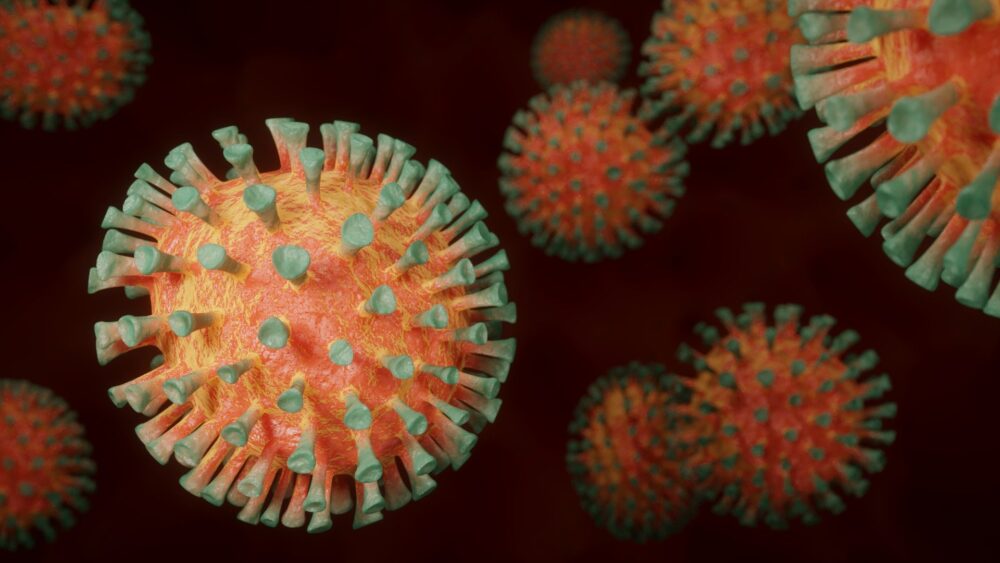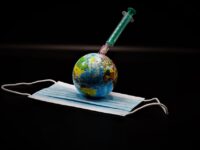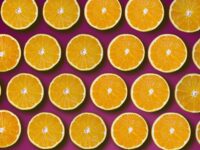The body is a well-designed system with a variety of barriers to keep invaders out. These range from the physical barriers of the skin to the biological protection of the immune system. However, the structures of the face such as the eyes, nose, and mouth represent major vulnerabilities. The nose and mouth are an interconnected system in which saliva and mucus serve as the physical barriers to keep viruses and other contaminants out. Coughing and sneezing are effective means of keeping viruses and other foreign material out of the body by expelling these invaders into the environment. These expulsions create small particles of liquid which travel through the air, potentially infecting others with the virus.
One MIT study was conducted this year and demonstrated the potential impact of coughing and sneezing on disease transmission. The researchers generated a number of visualizations of the small liquid particles that are generated. These visualizations show that the particles gathered in clouds up to 27 feet from the original expulsion. Physical barriers such as masks can help to minimize the size of the emulsions and decrease the potential for viral transfer. This demonstrates the need for masks in public and the need for social distancing to prevent the direct transfer of these particles. However, another means of transmission is the deposition of these droplets onto surfaces.
The analog to this MIT study is an early publication in The New England Journal of Medicine from earlier in 2020, which attempted to assess the survivability of the aerosolized virus on surfaces. It identified that the virus could potentially survive up to 72 hours on plastics and stainless steel. However both this and the MIT study represent preliminary findings which fail to fully capture the phenomena occurring. Both studies simplified the chemistry of these droplets to aqueous solutions. In reality, these droplets contain a number of biochemical compounds and cells which could potentially impact the survivability of the virus. One of the compounds that directly interacts with the virus are mucins.
These droplets contain a number of biochemical compounds and cells which could potentially impact the survivability of the virus.
Mucins are a specialized type of protein designed to form chemical barriers in epithelial tissues. There are up to 20 different types, but all of them fall into the class of glycoproteins. Glycoproteins consist of proteins that are covalently linked to carbohydrates. For mucins, the proteins serve as a sort of a molecular backbone, off of which numerous carbohydrates are linked. These carbohydrates form chains off of the protein to create a matrix of said chains. This matrix provides the functional relevance of these molecules, allowing large molecules to get stuck within it. These proteins can be either membrane-bound or secreted out of cells to form a gel layer. This gel layer is part of the epithelial lining. As part of the lining it will be present in the throat and nasal cavities and can therefore be expelled as part of a sneeze or cough.
One particular mucin is present in high proportions in the mouth: MUC5B. This mucin is most likely to be present in the particles expelled via coughing and sneezing. It has been shown to decrease the amount of bacteria and fungal infections in that area. This is related to the spread of diseases because the particles expelled from the body contain these mucins, which can impact the survivability of particles outside the body. While this represents one of the mucins, a variety of mucins can be present, and the actual composition varies from person to person based on both genetic and environmental factors.
One particular mucin is present in high proportions in the mouth: MUC5B. This mucin is most likely to be present in the particles expelled via coughing and sneezing.
Cutting-edge research, led by Dr. Jessica Kramer at the University of Utah, is working to model these interactions and quantify their impact on viral survivability. Her lab focuses on the synthetic production of mucins with a long term application in a variety of clinical spaces. With the onset of COVID-19, the lab received funding from the National Science Foundation to test its viral stability in solution with the synthetic mucins. These results will help to better understand how the virus exists in the environment and could inform public health guidelines that are essential to societal function.
Applied and Environmental Microbiology (2015). DOI: 10.1128/AEM.02573–14
JAMA (2020). DOI:10.1001/jama.2020.4756
The New England Journal of Medicine (2020). DOI: 10.1056/NEJMc2004973






